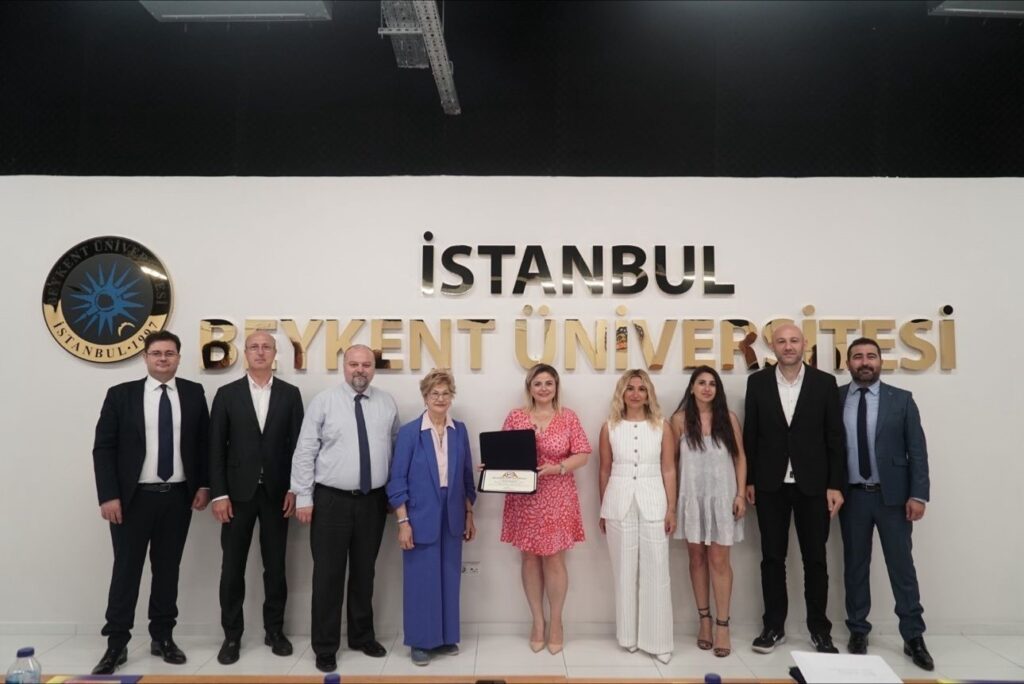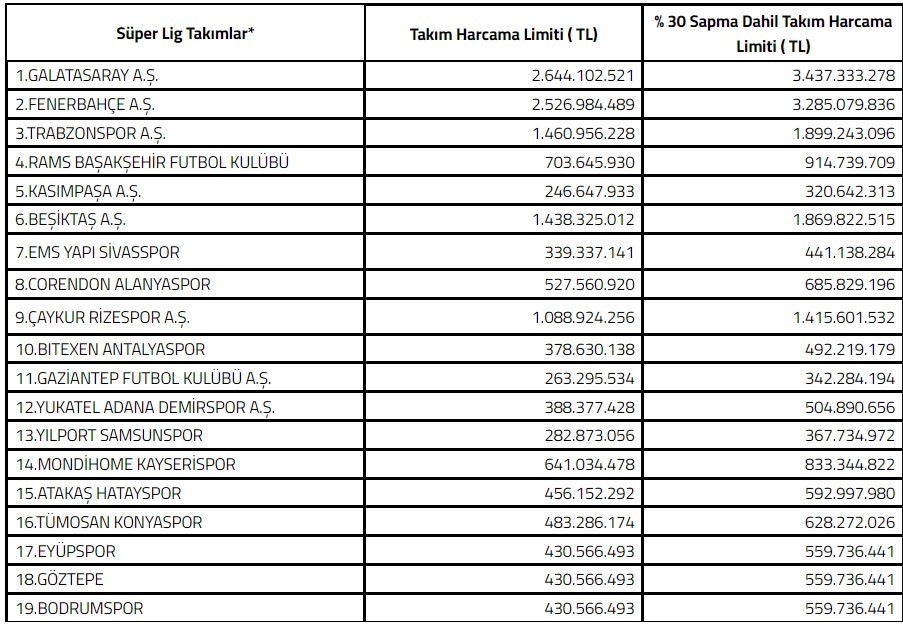Art and antique enthusiasts met at the fair in Lütfi Kırdar.
The Istanbul Art and Antiques Fair (IAAF), which started at the Lütfi Kırdar Convention Center in Istanbul, brought together lovers of art and antique works that will be sold at auction. The most striking piece at the fair is the “Hatt-ı Şahane…” created by Sultan Mahmud II.

The Istanbul Art and Antiques Fair (IAAF), which started at the Lütfi Kırdar Congress Center in Istanbul, brought together lovers of art and antique pieces that will be sold at auction. The most striking work at the fair was the ‘Hatt-ı Şahane Zerendûd Levha’ created by Sultan Mahmud II.
The opening of the Istanbul Art and Antiques Fair was held at the Lütfi Kırdar Congress Center. The fair, which will be open from November 13 to 17, will feature works that will be sold at auction. One of the most notable pieces at the fair is the ‘Hatt-ı Şahane Zerendûd Levha’ created by Sultan Mahmud II himself. Made in the 19th century, this work is one of the most significant pieces known from Sultan Mahmud II. It is one of the few plaques made at the Palace to be hung in important places of the Empire. This work is one of the plaques that Sultan Mahmud II gifted to the ‘Fatih Mosque’ and ‘Bursa Grand Mosque,’ and hung in front of two plaques in the ‘Holy Relics Section of Topkapi Palace.’ It is a masterpiece of Turkish Calligraphy Art, an irreplaceable and priceless museum piece. The piece will be sold at auction online on November 24 at 3:00 PM.
The work is made using the ‘Zerendûd’ technique with gold leaf on wood and is in the Malakâri style. The plaque inscribed with ‘Subhānallāhi wa Biḥamdiḥi Subhānallāhil Azīm’ means ‘I glorify Allah, the Almighty, by denouncing all kinds of shortcomings.’ The value of the piece will be determined by collectors and private museums at the auction.
Hüseyin Kocabaş, the founder of Arthill, which provides information about the fair, stated, “It is a yellow work with an inscription by Sultan Mahmud II. It is made in the Edirnekâri style using the zerendud technique on wood. It is one of the plaques prepared under the guidance of Sultan Mahmud II’s teacher, Mustafa Rakım Efendi, at the palace. It is one of his most significant works. Other examples of this series are the two plaques currently hanging opposite each other in the Holy Relics section at Topkapi Palace, which Sultan gifted to Bursa Grand Mosque and Fatih Mosque. The value of this work is often inquired about, but due to its importance, we cannot price it. Collectors and private museums will determine its true value at the auction. We are exhibiting these works at the fair, and our auction will take place online on the 24th at 3:00 PM,” he said.
“A piece with a magnificent design”
Later, Turkish Islamic art historian Dr. Zübeyde Cihan Özsayıner stated, “One of the most eye-catching pieces currently exhibited at Arthill’s art fair is the calligraphic plaque written by Sultan Mahmud II himself. This piece is inscribed in the celi sülüs calligraphy style, and the Malakâri technique has been added to it. The Malakâri technique, which has been used since the Seljuks, involves plastering with an interior layer of plaster. After covering with a red base coat, writing is inscribed in gold. In this way, the piece appears to almost leap out from the ground. The Sultan has also signed this piece. The signature is even crafted according to the calligraphic style. It is a piece with a magnificent design, characterized by its frame, floral motifs, and writing style,” she expressed.







